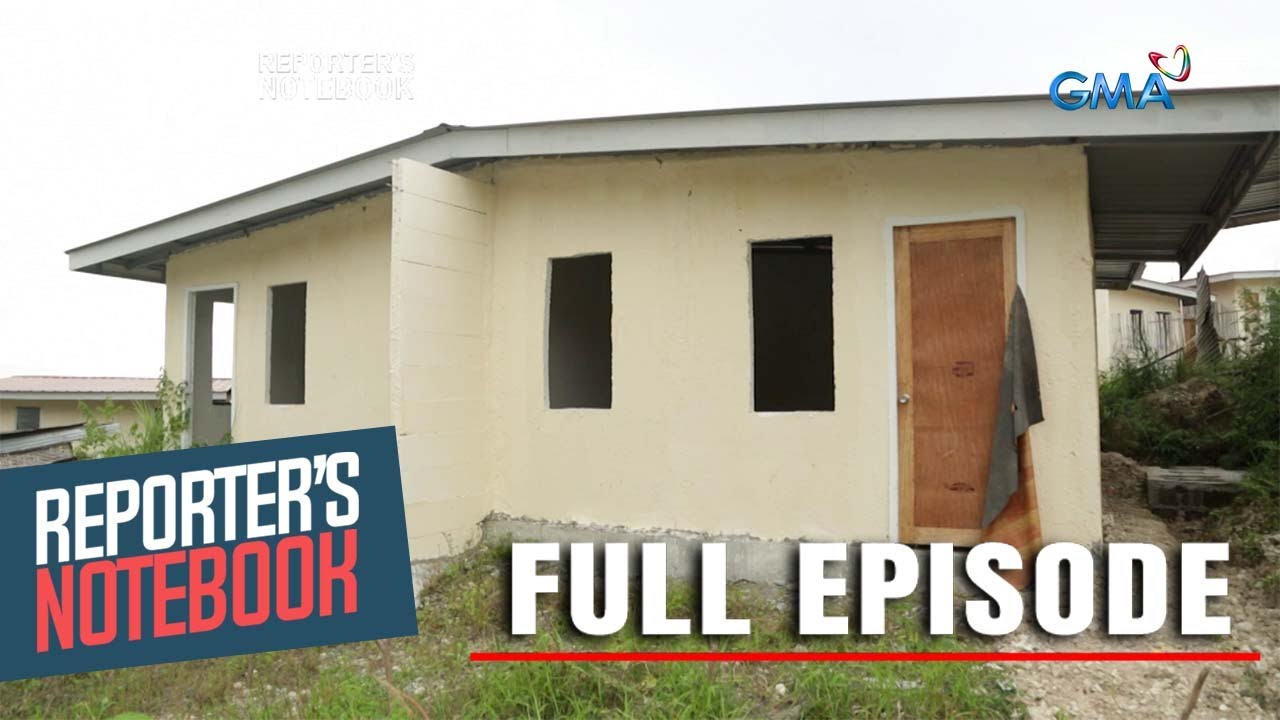Life in the slums of Bangalore City
Summary
TLDRThe video script sheds light on the stark reality of Bangalore's slums, where 11% of the population live without adequate sanitation, risking life-threatening diseases. Despite the city's IT boom, the lack of toilets forces residents to improvise sanitation, highlighting the disparity between wealth and basic human rights. The script details the efforts of WSU P, a nonprofit, in partnering with communities to build and manage sustainable sanitation facilities, improving health and living standards for the urban poor.
Takeaways
- 🏙️ Bangalore, known as an IT and aerospace hub, has a stark contrast between its prosperous image and the reality of 778 slums housing 11% of its population.
- 🚽 Slum dwellers face a severe lack of sanitation, with more mobile phone users than toilets in India, leading to health risks like dysentery, typhoid, and jaundice.
- 🏠 Overcrowded living conditions with an average of seven occupants per room make it challenging to allocate space or funds for toilet facilities.
- 🌐 Despite the presence of natural resources like the Kaveri river, sanitation remains a significant issue, with people resorting to improvising their own sanitation methods.
- 🚶♂️ Tragic incidents like deaths on railway tracks due to lack of proper sanitation facilities highlight the urgency of the issue.
- 🔄 Water and Sanitation for the Urban Poor (WSU P), a nonprofit organization, has been working on community sanitation programs to improve living conditions.
- 🏡 WSU P's pilot projects have demonstrated successful community-led sanitation solutions, which are replicable and scalable for urban poor communities.
- 👥 Community involvement is crucial, with committees formed to maintain toilets and ensure proper usage, leading to improved hygiene and reduced disease incidence.
- 💧 Innovative wastewater treatment technologies like decentralized sewage treatment systems (DEVOTES) are being implemented to manage sanitation sustainably.
- 🌱 The project's success relies on community management and operation, with local stakeholders taking over maintenance and operation for long-term sustainability.
Q & A
What is the significance of Bangalore as mentioned in the transcript?
-Bangalore is described as a thriving IT and aerospace hub in India, which is developing and affluent on the surface.
How many slums are there in Bangalore according to the official records mentioned in the script?
-The number of slums in Bangalore has reached 778 according to the official records of the BBMP.
What percentage of Bangalore's population resides in slums as per the script?
-11% of Bangalore's population resides in slums.
What are some of the life-threatening diseases that slum dwellers in Bangalore are at a higher risk of catching?
-Slum dwellers are at a higher risk of catching diseases like dysentery, typhoid, and jaundice, which are often contracted through the lack of or no sanitation.
What surprising fact is mentioned about mobile phone usage compared to toilets in India?
-According to a UN survey mentioned in the script, there are more mobile phone users than toilets in India.
What is the typical living condition in the slums of Bangalore, as described in the transcript?
-Each dwelling in the slums houses an average of seven occupants in one room with a kitchen, amounting to a population of 30,000 in an area of all thousand households, leaving little space or money for toileting facilities.
What is the role of the nonprofit organization WSU P in addressing sanitation issues in Bangalore?
-WSU P, established in 2006, has successfully demonstrated the use of community sanitation programs with access to water in the slums and has partnered with private, civil, and academic sectors to develop and scale up these programs.
How does the community-managed sanitation system work in the slums as described in the script?
-The community-managed sanitation system involves the formation of committees that maintain the toilets and ensure proper usage. They also educate the community on hygiene and help in the operation and maintenance of the sanitation facilities.
What is the Deep Water Approach mentioned in the script, and how does it treat wastewater?
-The Deep Water Approach is a treatment system where wastewater from communal toilet blocks drains into an inspection chamber, then into a settlor tank for anaerobic processing, followed by filtration through a series of chambers, and finally, the treated water is released into the storm drain or lake.
What challenges did the WSU P face during the implementation of the sanitation projects in Bangalore?
-The WSU P faced significant obstacles, including land issues, which provided valuable learning experiences for future developments. They also had to ensure that local stakeholders take over the maintenance and operation of the sanitation facilities.
How does the script highlight the impact of improved sanitation on the urban poor in Bangalore?
-The script emphasizes that the improvements in sanitation have led to better health and living standards for the urban poor in Bangalore, and WSU P is working with multi-sector partners to achieve the reduction in poverty and improve living conditions.
Outlines

Этот раздел доступен только подписчикам платных тарифов. Пожалуйста, перейдите на платный тариф для доступа.
Перейти на платный тарифMindmap

Этот раздел доступен только подписчикам платных тарифов. Пожалуйста, перейдите на платный тариф для доступа.
Перейти на платный тарифKeywords

Этот раздел доступен только подписчикам платных тарифов. Пожалуйста, перейдите на платный тариф для доступа.
Перейти на платный тарифHighlights

Этот раздел доступен только подписчикам платных тарифов. Пожалуйста, перейдите на платный тариф для доступа.
Перейти на платный тарифTranscripts

Этот раздел доступен только подписчикам платных тарифов. Пожалуйста, перейдите на платный тариф для доступа.
Перейти на платный тарифПосмотреть больше похожих видео

Pagpag: Makanan dari Sampah, “Favorit” Ribuan Warga Miskin Filipina

Warga Miskin Kota Terhimpit Pandemi

Nas prisões, doenças matam mais que violência | VIOLÊNCIA ENCARCERADA

Permasalahan Kesehatan di Indonesia

The Harsh Reality: 'Pagpag' - Food from Garbage in the Philippines.

‘Pera Natin ‘To — Pabahay’ (Full Episode) | Reporter's Notebook
5.0 / 5 (0 votes)
